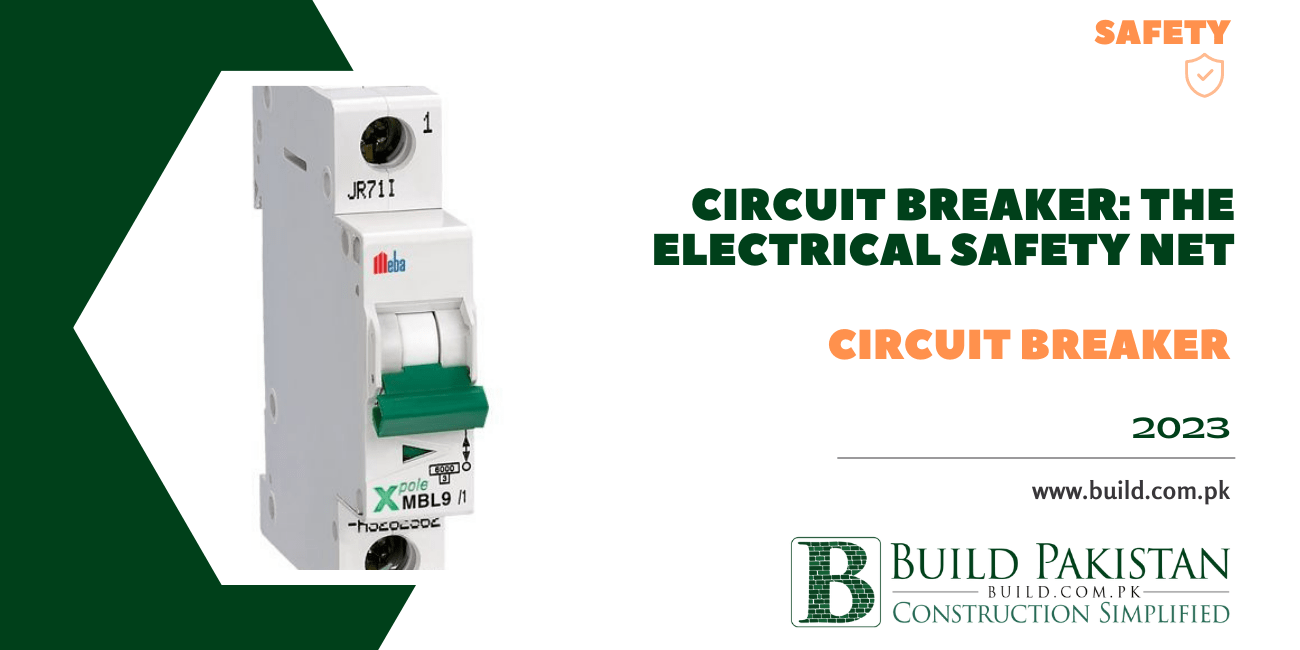Circuit Breaker: The Electrical Safety Net

Introduction:
Circuit breakers are an essential component of modern
electrical systems. They are designed to protect electrical circuits from
damage caused by overloads or short circuits, which can result in fires or
other hazards. In this blog post, we will explore what circuit breakers are,
how they work, and why they are important for electrical safety.

What is a Circuit Breaker?
A circuit breaker is an automatic switch that is designed to protect
an electrical circuit from damage caused by overloading or short circuits. It
works by interrupting the flow of electrical current when it becomes too high
thereby protecting the circuit and preventing damage.
Circuit breakers are typically located in an electrical panel, which is usually found in a basement utility room, or other out-of-the-way location in a building. The electrical panel contains multiple circuit breakers, each of which controls a specific electrical circuit in the building.
How Does a Circuit Breaker Work?
Circuit breakers work by using a spring-loaded mechanism to
trip or disconnect the circuit when it detects a fault. The mechanism is
triggered when the electrical current exceeds a predetermined limit, which is
determined by the amperage rating of the circuit breaker.
When a fault occurs, such as an overload or short circuit,
the current in the circuit increases rapidly. This rapid increase in current
causes the bi-metal strip inside the circuit breaker to bend and move away from
the contact point, which opens the circuit and stops the flow of electrical
current.
Why are Circuit Breakers Important for Electrical Safety
Circuit breakers are important for electrical safety because
they prevent damage to electrical circuits and devices, as well as prevent
electrical fires and other hazards. They offer a level of protection that is
not available with fuses which were the primary means of circuit protection in
the past.
Circuit breakers are also important for preventing electrical shocks and electrocution. In the event of a fault, the circuit breaker will quickly disconnect the circuit, preventing the flow of electrical current through the faulty device or circuit. This can prevent electrical shock or electrocution which can be deadly.

Types of Circuit Breakers
There are several types of circuit breakers available, each
with its own unique features and applications. Here are a few of the most
common types:
Standard Circuit Breakers:
Standard circuit breakers are the
most common type of circuit breaker and are used to protect most residential
and commercial circuits. They are available in a range of amperage ratings and
trip characteristics to suit different applications.
Ground Fault Circuit Interrupters (GFCIs):
GFCIs are designed
to protect against electrical shock and are required by code in many areas of a
home, such as kitchens, bathrooms, and outdoor areas. They work by detecting
when electrical current is flowing through an unintended path, such as through
a person, and quickly shutting off the circuit.
Arc Fault Circuit Interrupters (AFCIs):
AFCIs are designed to
protect against electrical fires caused by arcing faults in electrical
circuits. They are required by code in many areas of a home, such as bedrooms
and living areas. They work by detecting the unique electrical waveform of an
arcing fault and quickly shutting off the circuit.

Conclusion
In conclusion, circuit breakers are an essential component of
modern electrical systems. They provide an important level of protection
against electrical hazards such as fires, shocks, and electrocution. With a
range of types and features available, circuit breakers can be tailored to suit
different applications and requirements.











